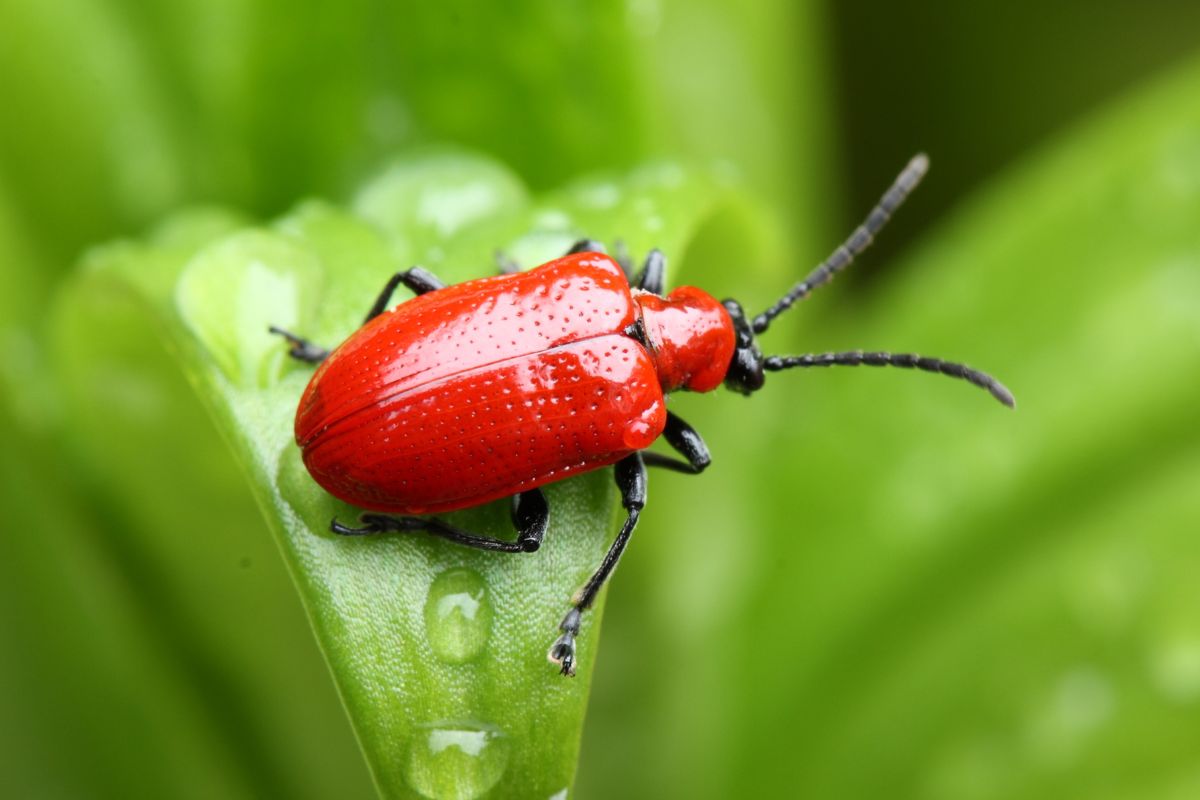Gardening is a beloved pastime for many in the UK, offering a space to relax, grow food, and cultivate beautiful landscapes. However, this enjoyment can be quickly overshadowed by the persistent threat of pests that damage plants and undermine all your hard work.
Whether you have a vegetable patch, a floral garden, or a few potted plants, garden pests can wreak havoc if left unchecked. In this guide, we’ll explore the top five pests commonly found in UK gardens and offer practical advice on how to prevent or manage them effectively.
1. Slugs and Snails
Slugs and snails are among the most notorious garden pests in the UK. They feed on a wide range of plants, leaving unsightly holes in leaves and stems, which can weaken or even kill young plants. These mollusks are especially active in damp conditions, making them a particular nuisance in rainy climates.
To protect your plants from slugs and snails, you can use natural methods such as copper barriers or diatomaceous earth around your plants. Alternatively, there are eco-friendly slug pellets available that are non-toxic to other wildlife. Regularly removing slugs and snails by hand during the evening when they are most active is also an effective measure. For serious infestations, it may be necessary to consider commercial pest control services to prevent further damage to your garden.
2. Aphids
Aphids, often referred to as “plant lice,” are tiny, sap-sucking insects that can quickly colonize garden plants. These pests multiply rapidly, often forming large colonies that cause stunted growth, curled leaves, and overall weakening of plants. They can also transmit plant viruses, compounding the problem.
To control aphids, you can introduce beneficial insects, such as ladybirds, which feed on aphids. Alternatively, a mixture of water and mild soap can be sprayed directly onto the aphids to kill them without harming your plants. For large gardens or more severe infestations, commercial pest control may be required to ensure that aphids don’t damage your entire crop or garden.
3. Caterpillars
Caterpillars, the larval stage of butterflies and moths, are a frequent sight in UK gardens. While they are fascinating creatures, they can cause significant damage to plants by chewing through leaves and stems, often leaving nothing but skeletonized remains. Cabbage white butterfly caterpillars are particularly destructive to vegetable patches, especially brassicas like cabbage, broccoli, and kale.
To manage caterpillars, you can manually remove them from plants, especially if the infestation is small. If the issue becomes more widespread, consider using natural deterrents such as neem oil or biological controls like Bacillus thuringiensis (Bt), a naturally occurring bacterium that kills caterpillars. For more extensive infestations, top-notch pest control solutions may provide an efficient way to deal with caterpillar outbreaks before they destroy your garden.
4. Vine Weevils
Vine weevils are a destructive pest that targets both ornamental and edible plants. The adult weevils feed on the leaves, leaving characteristic notches, while the larvae live in the soil and feast on plant roots. This dual attack can severely damage or kill your plants, making vine weevils a significant threat to garden health.
To control vine weevils, regular inspection is crucial. Remove adult weevils by hand at night when they are active. Applying nematodes, which are microscopic worms that feed on the larvae, can also help control the underground portion of the infestation. If vine weevils have heavily infested your garden, professional assistance from a UK commercial pest control company may be needed to eliminate the problem entirely.
5. Red Spider Mites
Red spider mites are tiny arachnids that often go unnoticed until they’ve caused significant damage. These pests suck sap from the undersides of leaves, causing them to discolor, dry out, and eventually drop off. They thrive in hot, dry conditions, making them a common issue in greenhouses or during warm summers.
To tackle red spider mites, increasing humidity around your plants can make the environment less hospitable for them. Regularly spraying plants with water can also help. In more severe cases, applying a miticide may be necessary. However, if red spider mites continue to spread, it might be time to enlist the help of professionals, who can offer more targeted treatments.
How to Ensure Long-Term Pest Prevention in Your Garden
While managing these common garden pests is vital for the immediate health of your plants, long-term prevention should also be a key focus. Implementing good gardening practices such as crop rotation, regular inspection, and companion planting can help minimize pest populations naturally. If you’re dealing with repeated infestations or large-scale pest issues, it might be worth considering commercial pest control options to create a tailored, long-term strategy for your garden. This not only helps safeguard your plants but also maintains the balance of your garden’s ecosystem without harming beneficial insects.
By staying vigilant and using a combination of these methods, you can keep your garden free of destructive pests and ensure that your plants grow healthy and strong.





